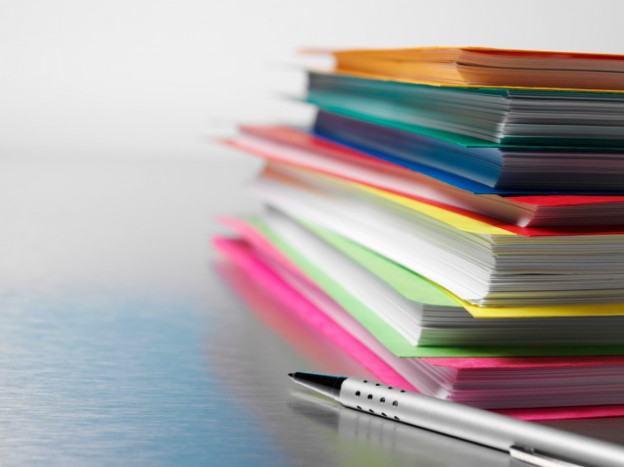
Special Education  with papers coming falling all over the place and almost always causing frustration and ending in a pile on the floor.
with papers coming falling all over the place and almost always causing frustration and ending in a pile on the floor.
Special Education: 5 Tips to keep your child organized
School is well under way and I see many kids walking through the halls literally under a mountain of stuff. How do we help kids on the autism spectrum not only keep track of it all, but in a perfect world, take ownership? Here are five tips I’ve learned along the way as a fly on a classroom wall:One Binder:
So many kids balance stacks of scribblers, binders and duotangs- Try using one huge six-inch binder. This will help keep everything in place.
- Punch a hole in every assignment and have dividers with zippered compartments to house sheets that always seem to come loose.
- Work with your child on dividing the binder into color coded subjects in a format that they will understand.
Winter Clothes
Up here in the Great White North (That would be Toronto), hats, mitts and other winter accoutrements are a nightmare to keep track of. When kids are little, it’s easy to sew everything to a string that lives inside their jackets and be done with it. What about older kids? How do you walk the line between nagging them to keep track of winter clothes while at the same time trying to show them the natural consequence of losing them? A year or so ago, I discovered that chanting can be really helpful with this conundrum. In a quiet moment, when the kids I work with are engaged, we collaborate on a chant to help remember things like: You put you gloves in your hat, And your hat in your sleeve. You put you gloves in your hat, And your hat in your sleeve. You would be surprised at how quickly a chant gets integrated into memory. You can weave it in throughout the day. This type of self-talk really helps to encode the routine.Agenda
Many kids are required to carry a homework agenda from school to home and back. Most of the agendas issued by schools are ridiculously over-stimulating; the pages are cluttered with everything from random quotes to maps and metric conversion charts. Modify the look of your child's homework agenda.- Help your child type up a one page agenda that he or she will understand and attach it to the agenda sent from school.
- Make sure there is one page per day (as opposed to several days on one page).
- Another suggestion is to make your own agenda all together. Just make sure you give the teacher a heads up so they can sign the agenda the same way they do with every other child.



